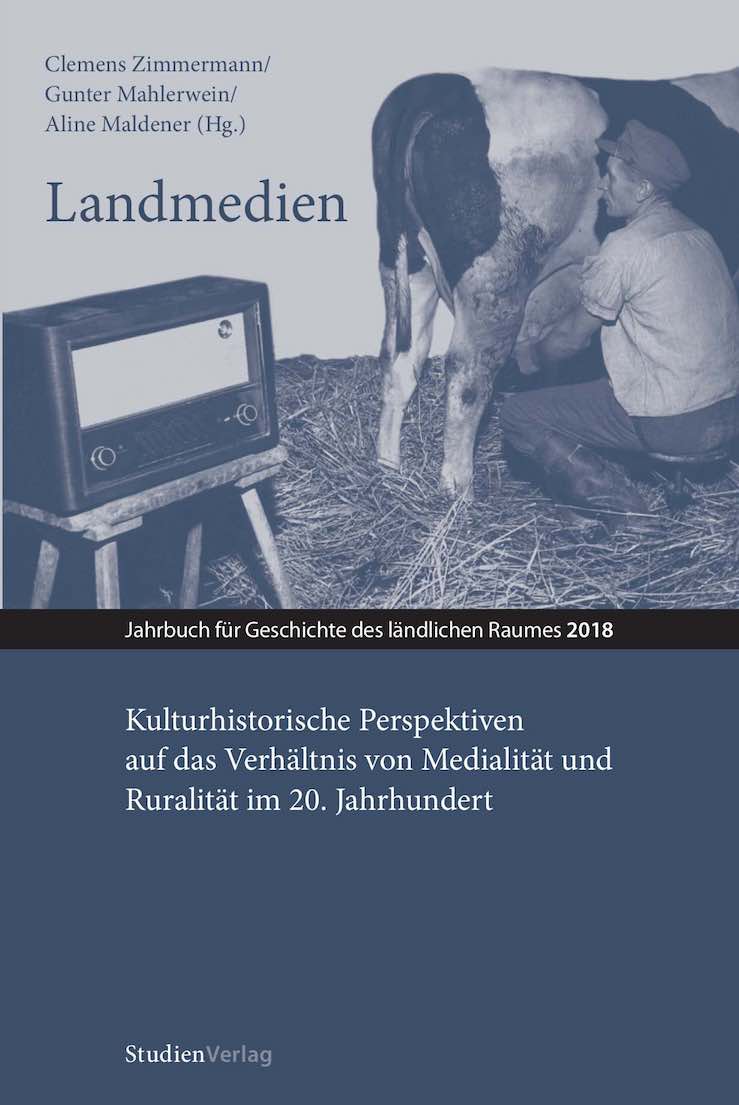Rural cinema in the Saarland region
DOI:
https://doi.org/10.25365/rhy-2018-4Keywords:
cinema culture, cinema audience, media landscape, cultural adaptation, distribution networks, urbanityAbstract
The article explores the characteristics of rural cinema culture taking the dense cinematic landscape of the Saarland and the village of Wiesbach as an example. As far as primary sources allow, spatial contexts and audiences of cinema screenings will be investigated. It is discussed how the programs were adapted to the specific audience and their taste. The development of distribution networks that were adapted to the lower settlement density of the country, and the proximity of the large city of Saarbrücken, from where the films could quickly be transported to the rural communities, also helped the rural business. In general, attendances declined sharply since the 1960s, but the proportion of young people increased. For several years the rural cinema successfully adjusted to this, until the competition of metropolitan cinema and of television as well as increasing automobility largely forced it to give up. Altogether, from the 1920s to the 1960s, rural cinema contributed to the integration of villages and small towns into the national media landscape. It had a special programme structure, which was influenced by the respective cultural climate and local social control. The cinema building as a place of consumption and as a symbol for an advanced media world contributed to the development of urbanity in the country towns.


